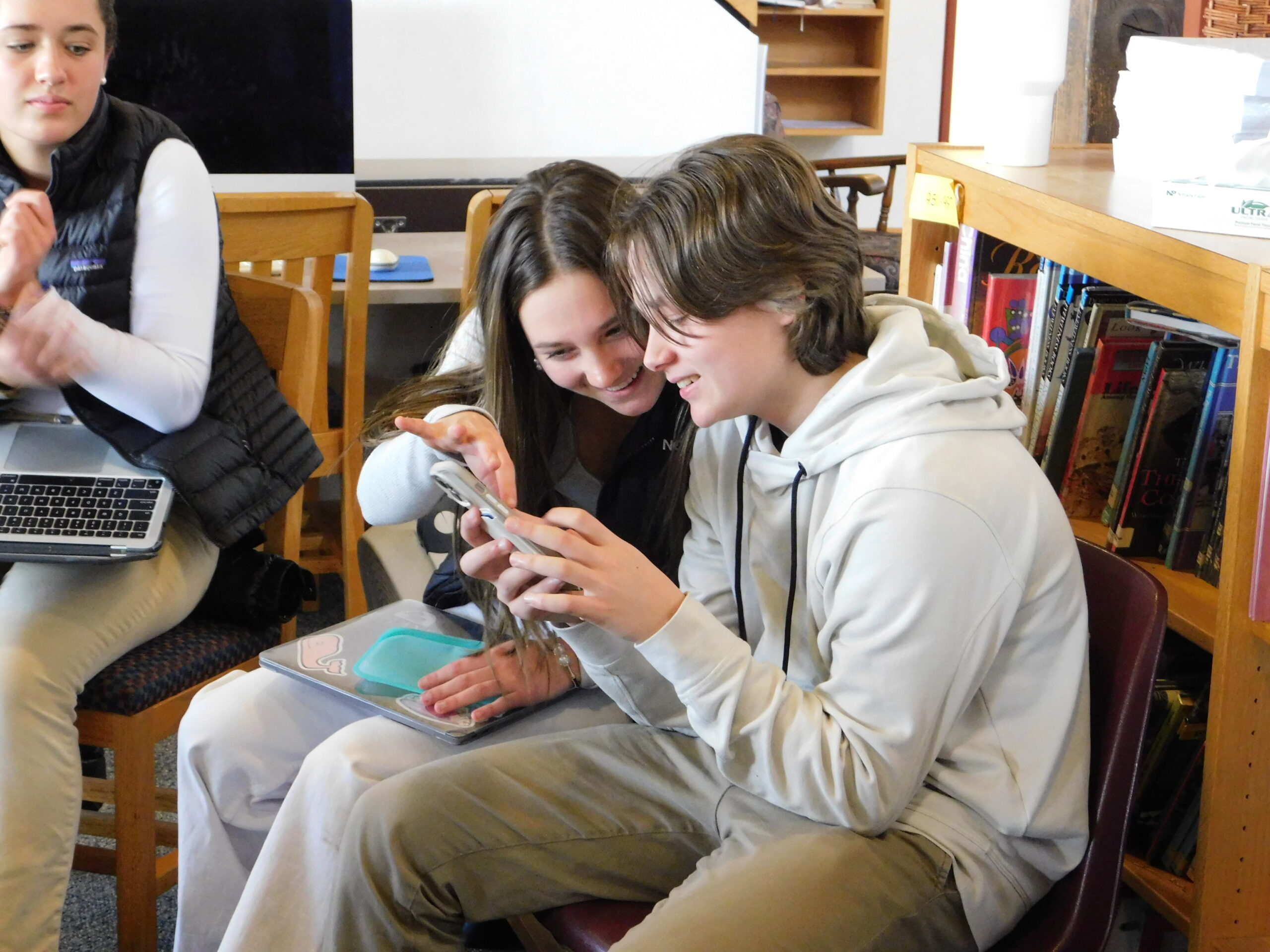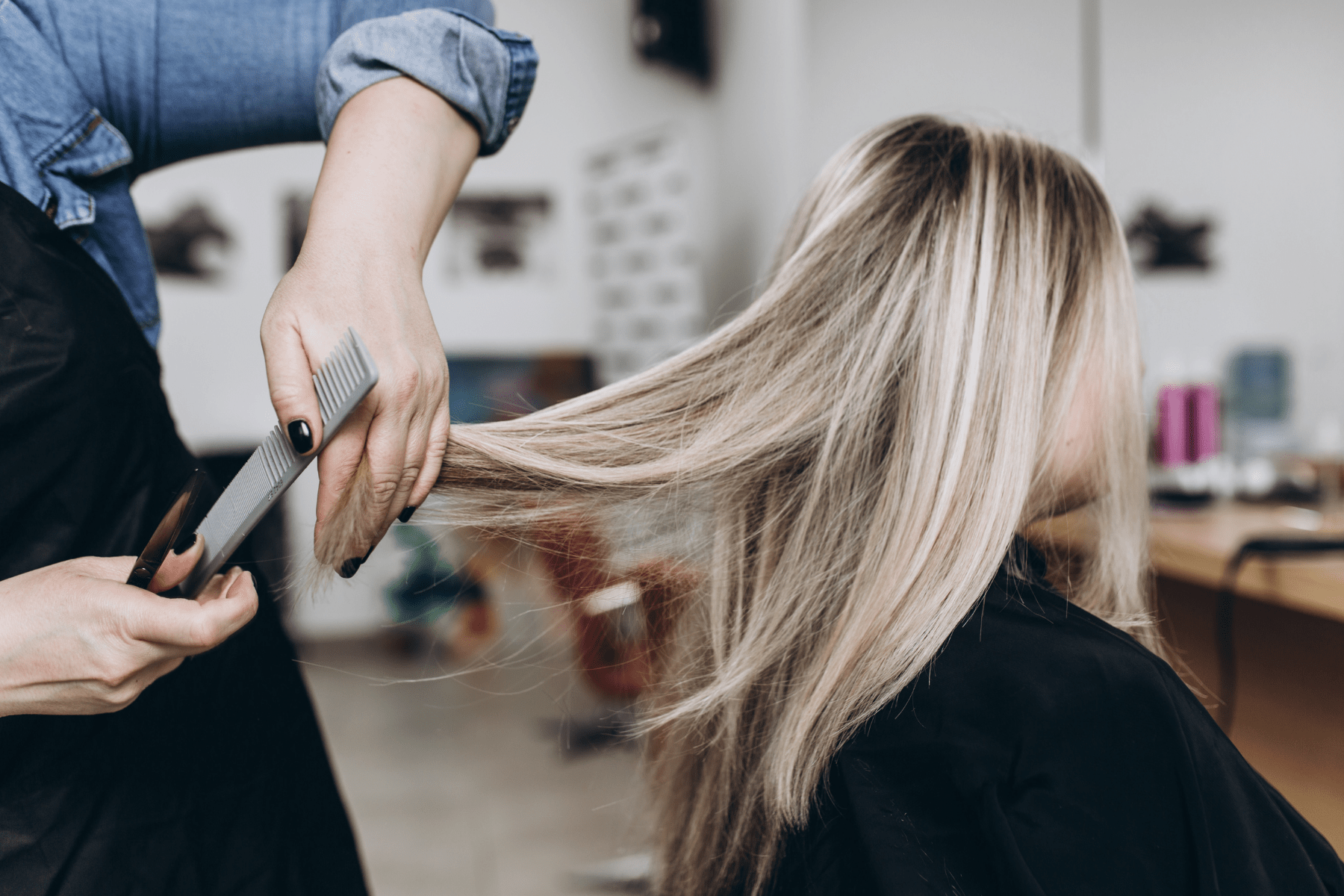
Written by Pihla Sahlberg
Social media is one of the biggest things that affects people’s lives every day. Social media refers to websites and social games that connect people, apps, and the interactions among them by sharing or creating content. There are many different types of social media platforms. Young people’s favorites are platforms like TikTok and Snapchat, and older people like Facebook. Even younger kids might have social games like Minecraft. All these tend to be very addictive. Social media has both positive and negative effects.
Social media can be rough for both our mental and physical health. The content people share on the platforms is usually only the highlights of their lives, and shows only the positive aspects. That makes it look like their lives are perfect, without any adversity. Social media creates body image issues, by leading people to constant comparison to standards that are unattainable for most people, and creates a comparison culture. This type of comparison damages mental health, causes depression and anxiety and leads to people trying to achieve these standards through unhealthy eating behaviors and eating disorders. Often people spend hours trying to cover and thinking about their faults.
Social media has effects on students. Body issues caused by constant comparison influence students’ ability to learn effectively. They might see someone posting their perfect grades, and not the ones they failed, which makes it seem like all their grades are good. Social media can also distract students when they should be studying and can be as addictive as drugs or alcohol. Most of us have at some point in our lives probably found ourselves scrolling and scrolling for hours on some social media platform, like TikTok, Instagram, or Facebook. The internet easily allows cyberbullying to happen (the use of electronic communications to bully a person). Bullies find it easier to hide behind the keyboard rather than speaking face to face. This is a problem even among young kids, who have a bad body image, from comparing themselves to grown-ups, and who have been victims of cyberbullying.
Misinformation is also easier to spread on social media, and kids and even teenagers easily follow these made-up hacks that should make them thinner or prettier, but actually just ruin their growth and development. Another problem among kids is that when they spend most of their time on the Internet, their ability to communicate in person declines. This is of course an extreme effect, but it happens a lot and is very possible. Children are likely to also be victims of disturbing content, which is why parents should track their kids’ use of social media, and kids under thirteen should not have access to social media.
Social media also has positive effects. It is easy to connect with friends and family and find similar people to talk to. It offers a free source and access to information quickly. It allows for better traffic since maps and routes are available for everybody. Social media allows you to promote your ideas and get instant feedback on them. One of the most important positive impacts social media has in the world is the ability to spread information. Individuals, organizations, and groups can constructively spread news and awareness with their connections and followers. In this way, it is easier to stay updated with the whole world.
Social media has lots of negative and also positive effects. It’s very likely to face problems with body image and the time spent on social media, but it is also a perfect way to connect with people. Kids are an easy target on social media and happen to be victims of bullying and disturbing content. Be sure to track your kids’ and your time on social media.



